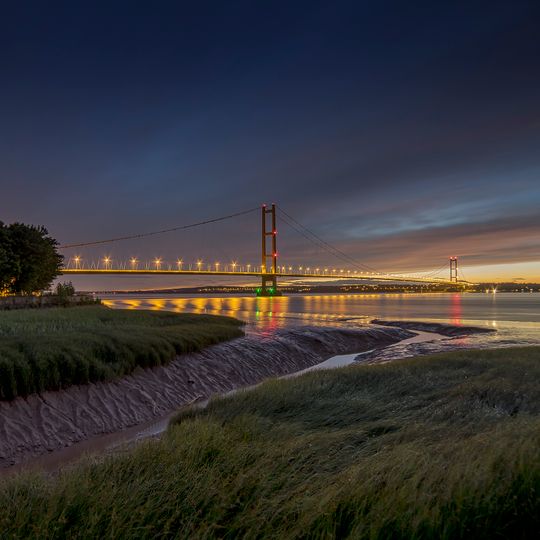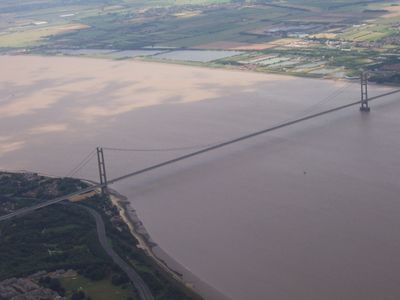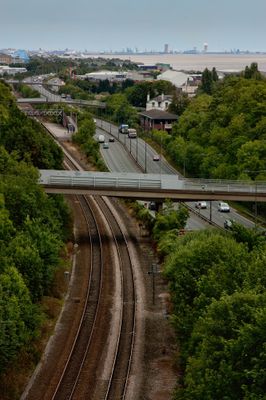Humber Bridge, Suspension bridge in Hessle, England
Humber Bridge is a suspension bridge in Hessle, England, stretching 2220 meters (7300 feet) across the estuary with two concrete towers rising 155.5 meters (510 feet) above the water. The steel structure supports a 28.5-meter-wide (94-foot) deck carrying four traffic lanes and separate pathways for pedestrians and cyclists along each side.
The crossing opened on July 17, 1981, when Queen Elizabeth II cut the ribbon after construction that began in July 1972. The decision to build followed decades of calls for a fixed link across the estuary, which had only been crossed by ferry before.
The name refers to the estuary where the rivers Trent and Ouse meet before flowing into the North Sea. Locals use the walkways for morning runs and bicycle rides across the water, which changes color with the weather and the tides.
Vehicles cross with a speed limit of 80 kilometers per hour (50 miles per hour), while pedestrians and cyclists use the pathways without paying a toll. The walkways remain open in wind and rain, so weatherproof clothing helps when crossing on foot or by bicycle.
The central span between the two main towers measured 1410 meters (4626 feet) at opening and held the world record until 1998. Since then, newer crossings in Japan and China have surpassed that distance, but the scale still impresses when you walk beneath the cables.
Location: East Riding of Yorkshire
Location: North Lincolnshire
Inception: June 24, 1981
Official opening: July 17, 1981
Height: 155.5 m
Length: 2,220 m
Longest Span: 1,410 m
Width: 28.5 m
Made from material: steel
Website: http://humberbridge.co.uk
GPS coordinates: 53.70694,-0.45000
Latest update: December 12, 2025 17:34
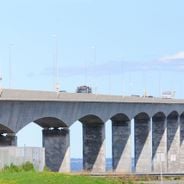
This collection gathers bridges and engineering structures that mark the history of modern infrastructure worldwide. Structures such as the Akashi-Kaikyo Bridge in Japan, with its span of 3,911 meters, or the 37-kilometer Chesapeake Bay Bridge-Tunnel in Virginia demonstrate technological advances...

This collection presents suspension bridges recognized for their engineering solutions and their role in urban development. The Akashi Kaikyō Bridge in Japan spans 1,991 meters between its two towers, the longest distance of its kind in the world. The Golden Gate Bridge in San Francisco demonstrates...

Ropewalk Barton upon Humber
1.6 km
Hessle Town Hall
1.9 km
Church of All Saints
2.1 km
Hessle Library and Customer Service Centre
2.2 km
Plaza Cinema
2.1 km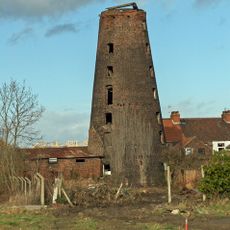
Windmill And Adjacent House To West
1.9 km
26, The Weir
2.1 km
11 And 13, The Square
2.1 km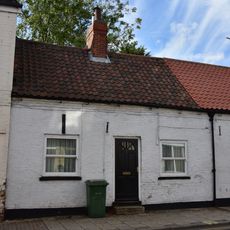
7, Northgate
2.2 km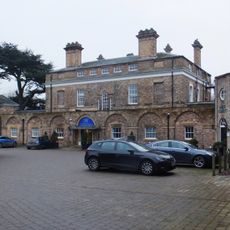
Hesslewood
1.5 km
Steam Packet Public House
2.2 km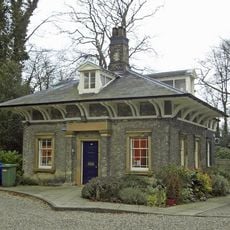
95, Ferriby Road
1.6 km
Cliff Mill
910 m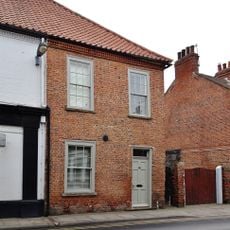
64, Fleetgate
2.1 km
24, The Weir
2.1 km
83 And 85, Fleetgate
2.1 km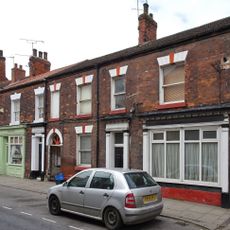
77-81, Fleetgate
2.1 km
Fleetgate Post Office
2.2 km
Humber Terrace
2 km
23 And 25, Waterside Road
1.9 km
9, Northgate
2.2 km
Group Of Summer Drying Sheds At William Blyth Hoe Hill Yard
1.8 km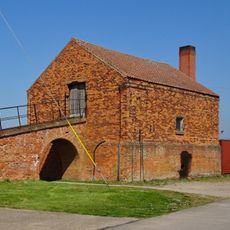
Mill House At William Blyth Ings Yard.
1.2 km
Office / Lobby Building At William Blyth Hoe Hill Yard
1.8 km
16-22, The Weir
2 km
139, Waterside Road
1.2 km
Fleetgate House
2.1 km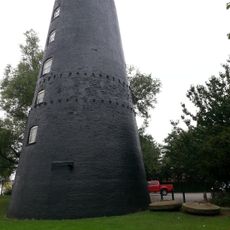
Tower mill and whiting works 100m south east of the Country Park Inn
906 mVisited this place? Tap the stars to rate it and share your experience / photos with the community! Try now! You can cancel it anytime.
Discover hidden gems everywhere you go!
From secret cafés to breathtaking viewpoints, skip the crowded tourist spots and find places that match your style. Our app makes it easy with voice search, smart filtering, route optimization, and insider tips from travelers worldwide. Download now for the complete mobile experience.

A unique approach to discovering new places❞
— Le Figaro
All the places worth exploring❞
— France Info
A tailor-made excursion in just a few clicks❞
— 20 Minutes
